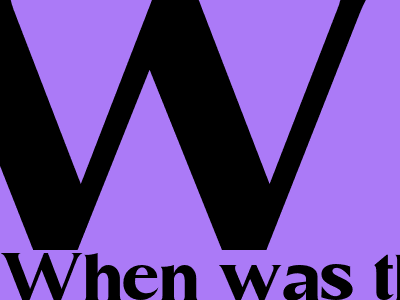
The Golden State: A History of Red and Blue
California's Political Landscape
California, known as a bastion of liberalism and Democratic dominance, boasts a rich electoral history that has seen both red and blue waves wash over its vast political landscape.
The Blue Tide Rolls
Since 1992, California has consistently voted for Democratic presidential candidates, solidifying its status as a reliably blue state. This blue wave can be attributed to several factors, including the state’s large urban centers, a growing Latino population, and a progressive electorate.
In the 2020 presidential election, California cast an overwhelming 11.1 million votes for Joe Biden, compared to just 6.0 million for Donald Trump. This landslide victory further cemented California's standing as a Democratic stronghold.
Republican Resurgence: A Brief Interlude
Despite California's recent Democratic dominance, the state has a history of Republican victories. From 1876 to 1912, California voted for Republican presidential candidates in every election except one. The state also elected several Republican governors during this period, including Leland Stanford and George Pardee.
The Republican resurgence in California during the late 19th and early 20th centuries was driven by a number of factors, including the state's growing population of white settlers, the rise of the Republican Party as a national force, and the decline of the Populist Party.
The Great Depression and the New Deal Era
The Great Depression had a profound impact on California's political landscape. The economic crisis led to widespread unemployment and poverty, and many voters turned to the Democratic Party in hopes of finding relief. In the 1932 presidential election, California voted for Franklin D. Roosevelt by a margin of more than 2-to-1.
Roosevelt's New Deal policies helped to improve the economy and reduce unemployment in California. As a result, the state remained a Democratic stronghold throughout the 1930s and 1940s.
The Post-War Era and the Rise of Conservatism
After World War II, California experienced a period of rapid growth and economic prosperity. The state's population boomed, and its economy diversified. These changes led to a shift in the state's political landscape, as more and more voters began to identify as conservative.
In the 1952 presidential election, California voted for Republican Dwight D. Eisenhower by a margin of more than 10 percentage points. Eisenhower's victory was a sign of the growing conservative trend in California, which would continue to strengthen in the years to come.
The Reagan Revolution and the Triumph of the Right
The election of Ronald Reagan as governor of California in 1966 marked a turning point in the state's political history.
Reagan, a conservative Republican, implemented a number of policies that helped to shrink the size of government and reduce taxes. These policies appealed to many Californians, and Reagan was reelected in 1970 and 1974.
Reagan's success in California paved the way for his election as president in 1980. Reagan's presidency further solidified the conservative movement in California, and the state has remained a Republican stronghold ever since.
Conclusion: A Complex and Dynamic Political Landscape
California's political landscape is complex and dynamic, and it continues to evolve with each election cycle. The state's large and diverse population, as well as its history of economic growth and social change, have all contributed to its unique political character.
It remains to be seen whether California will continue to be a Democratic stronghold or whether the Republican Party will make a comeback in the years to come.